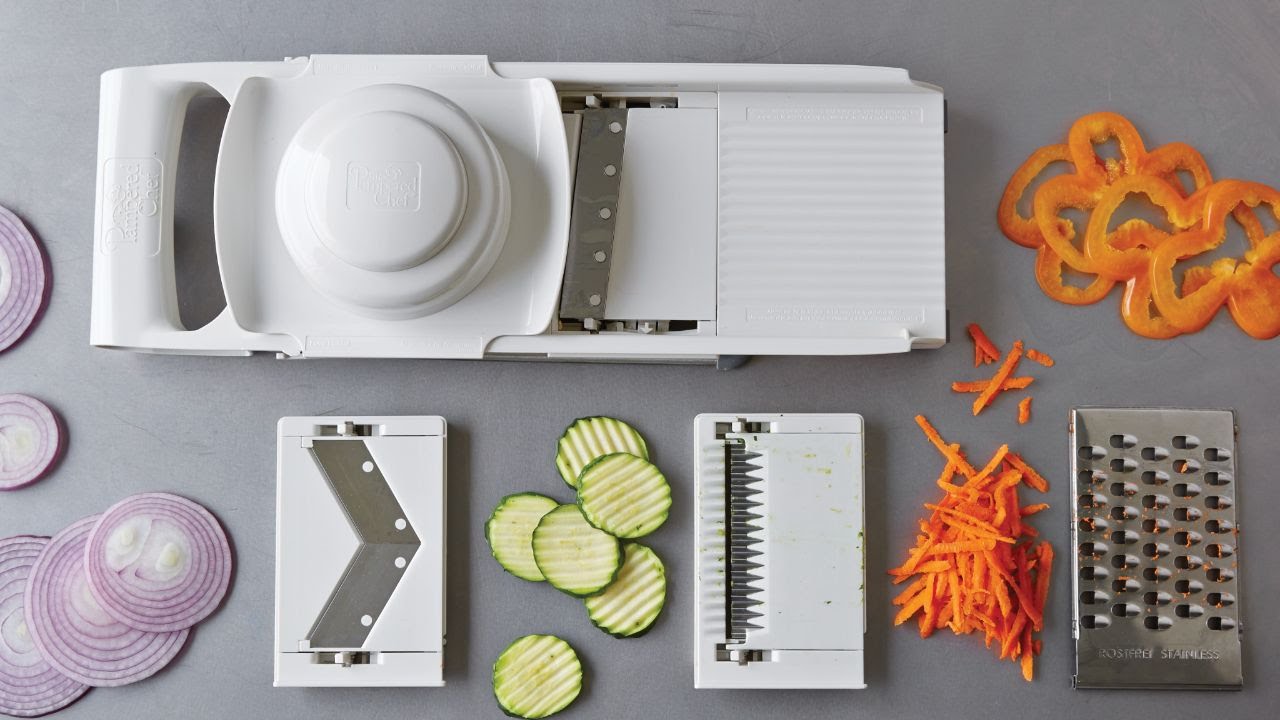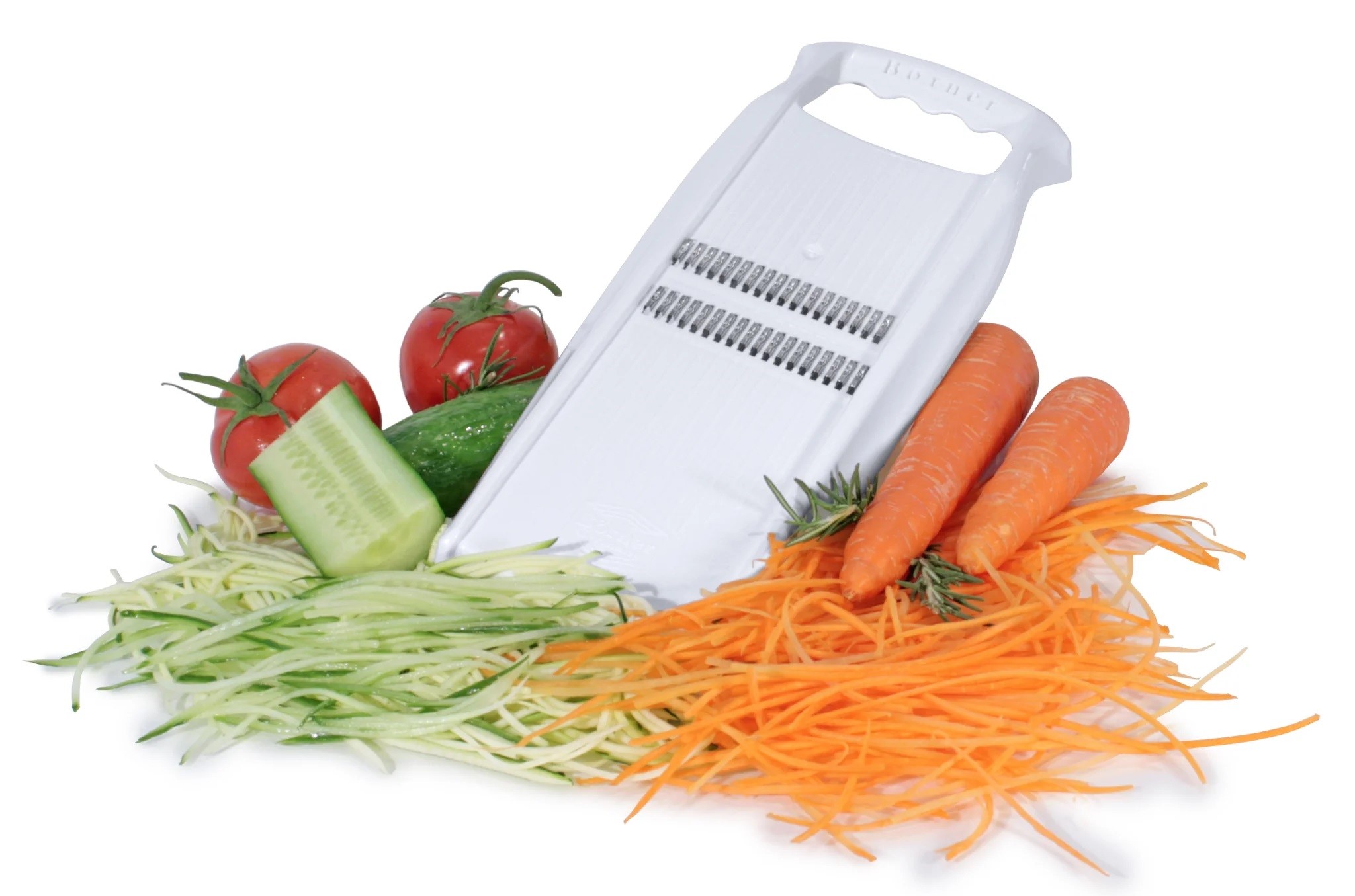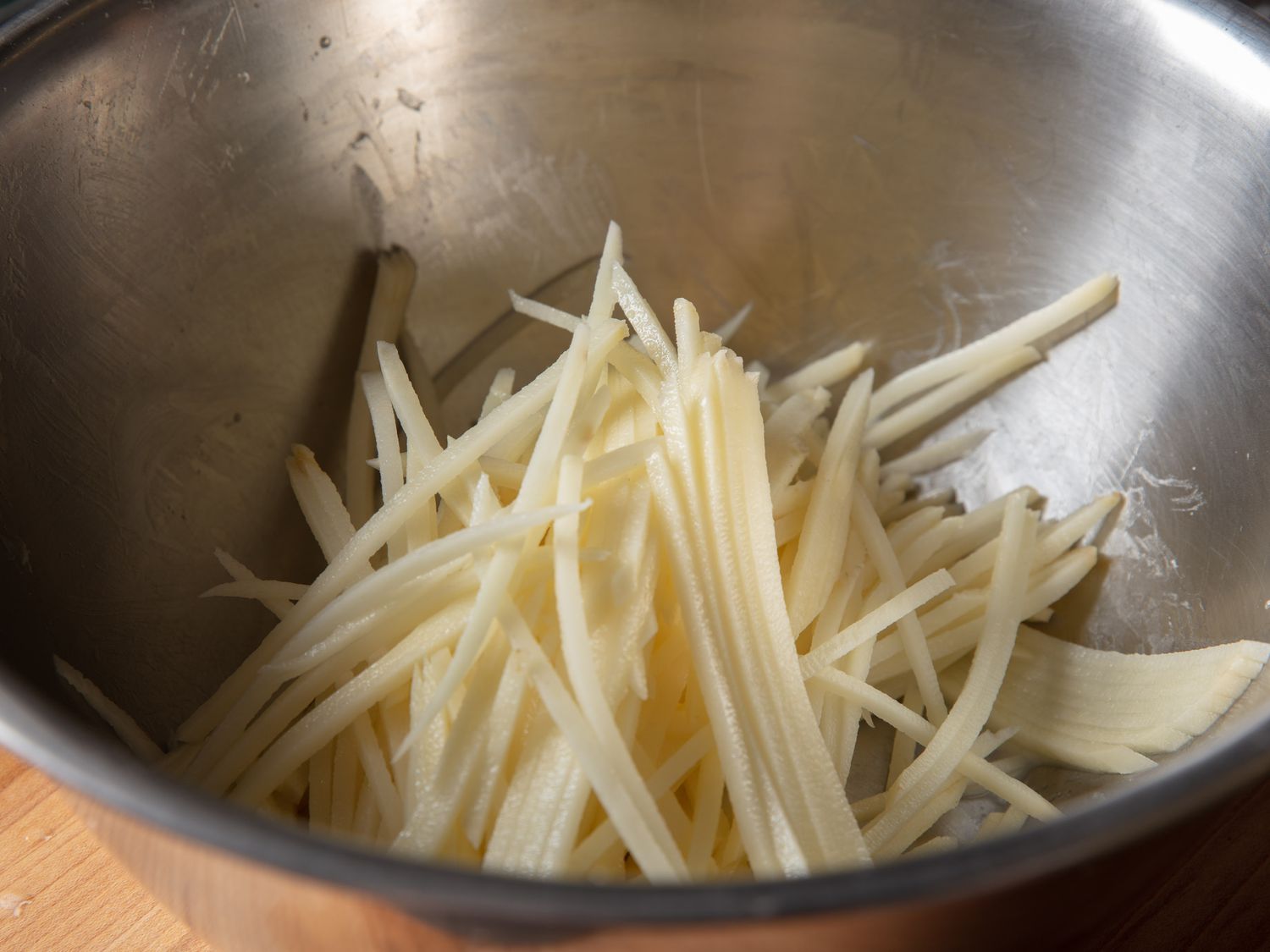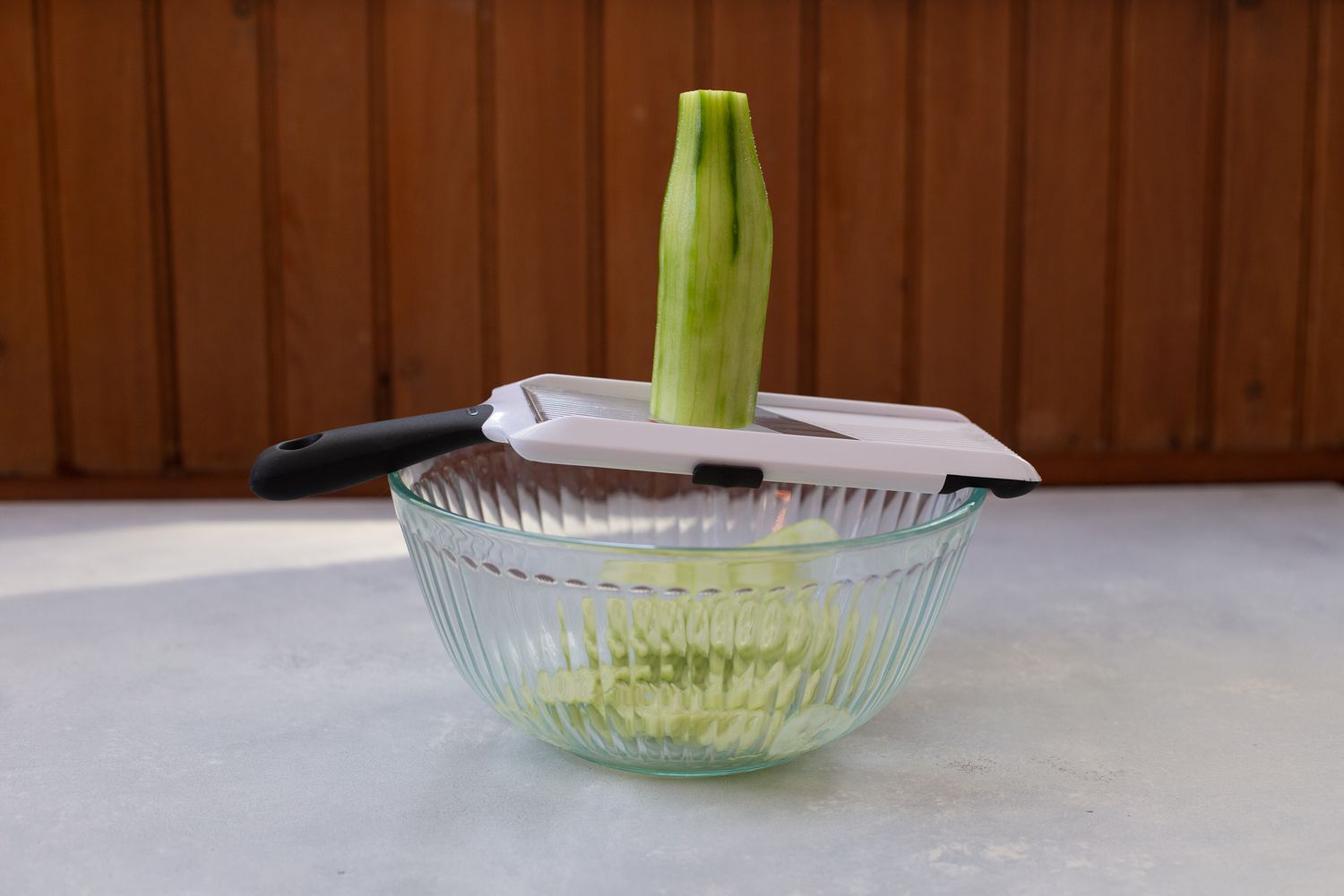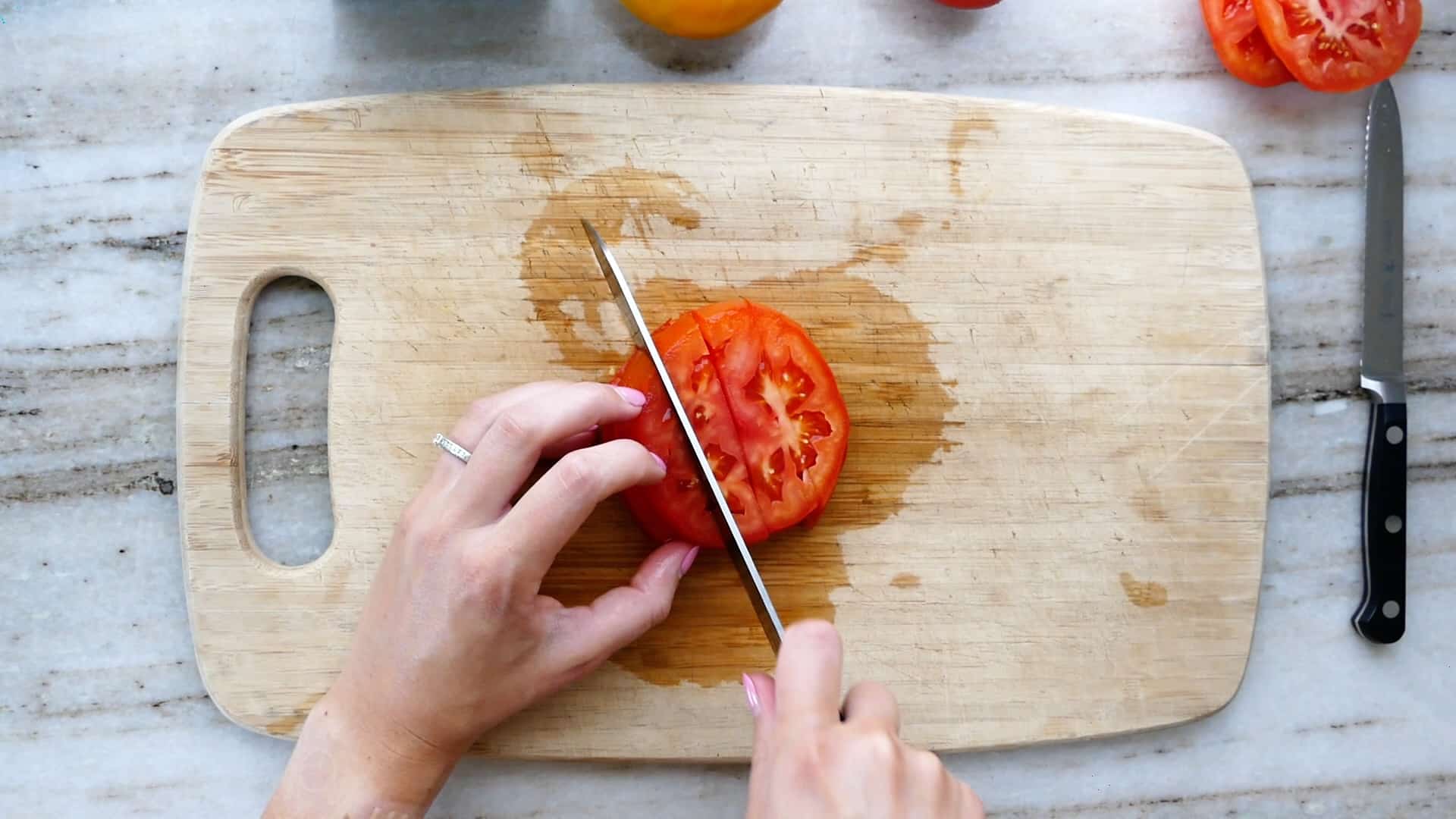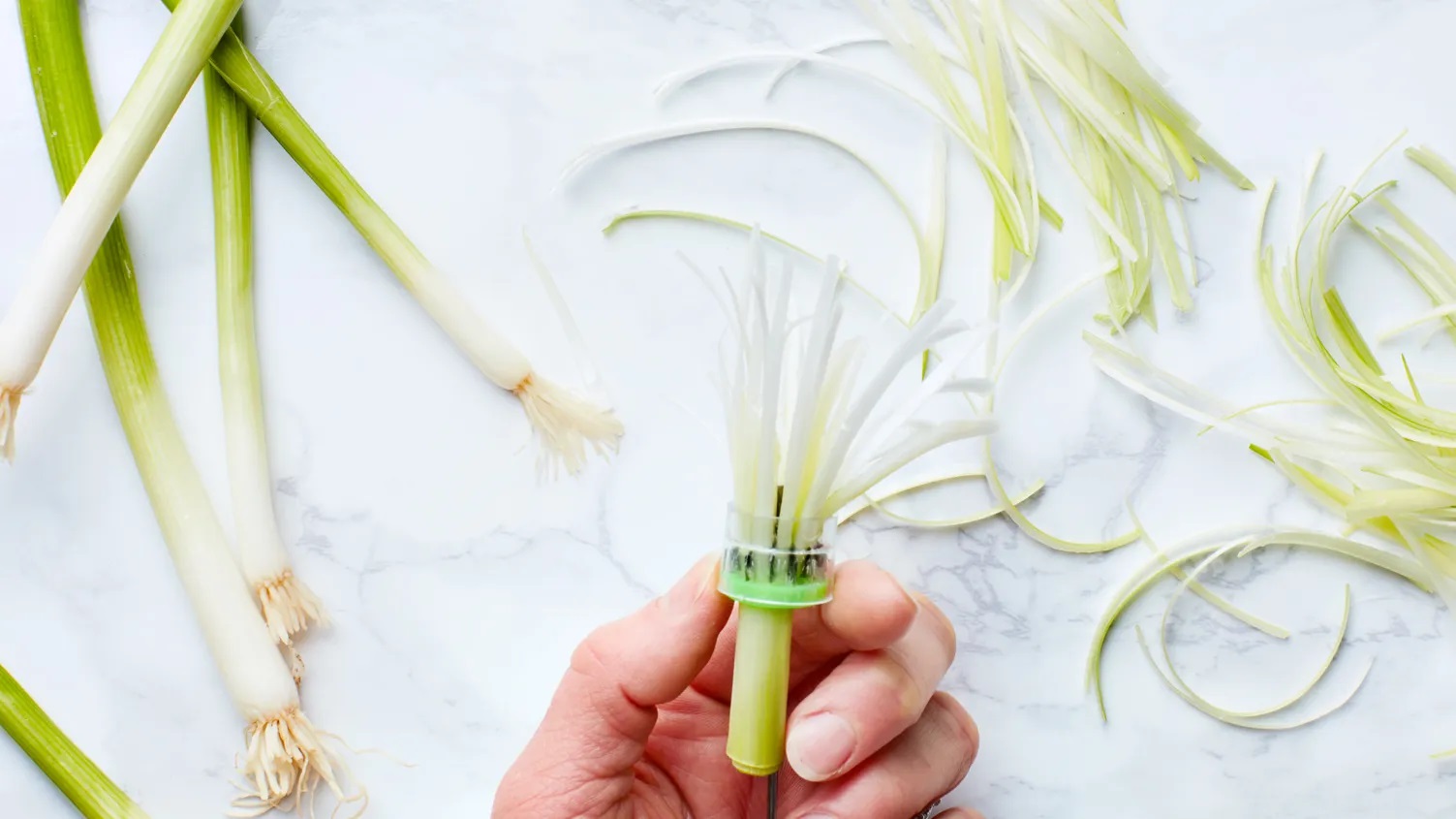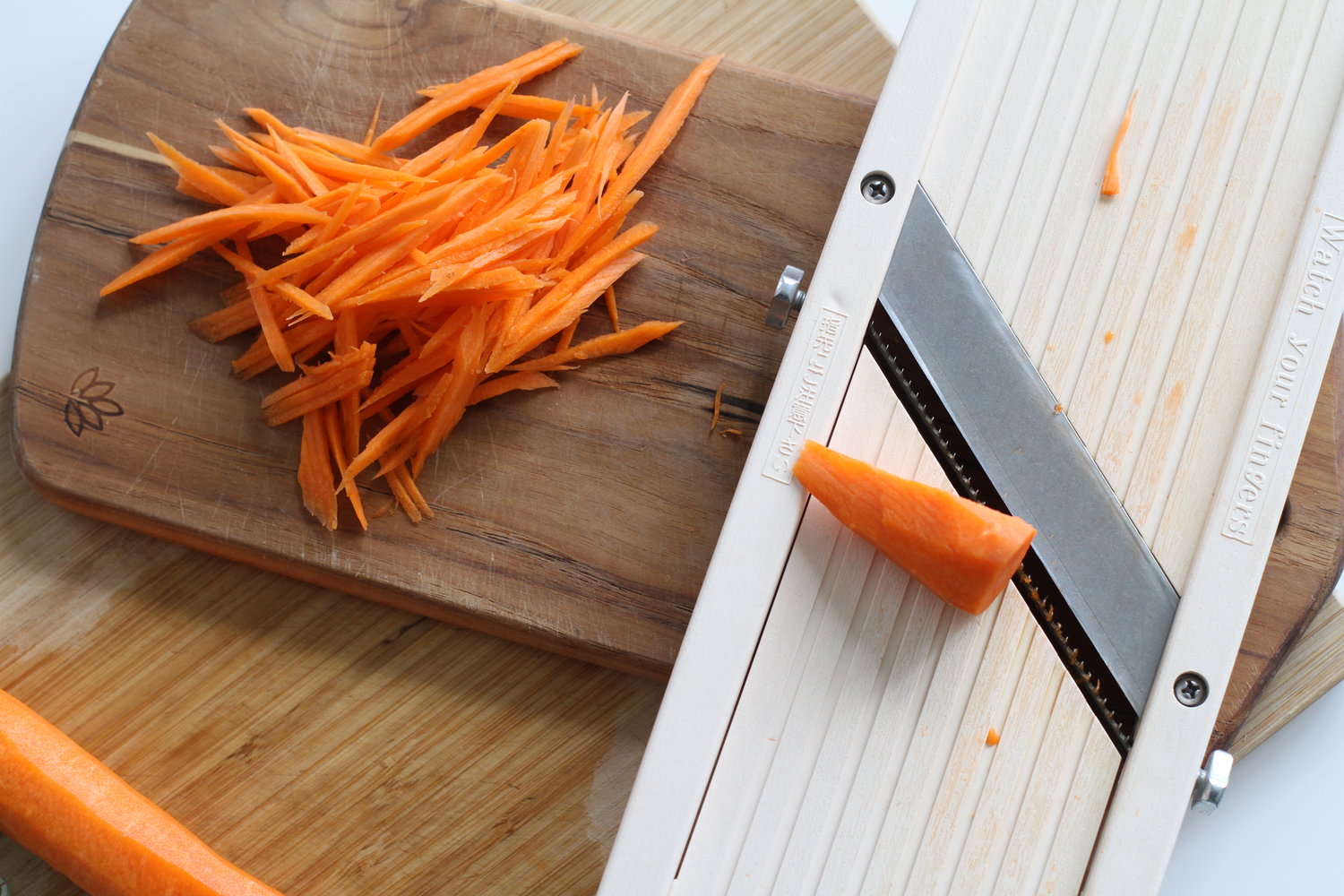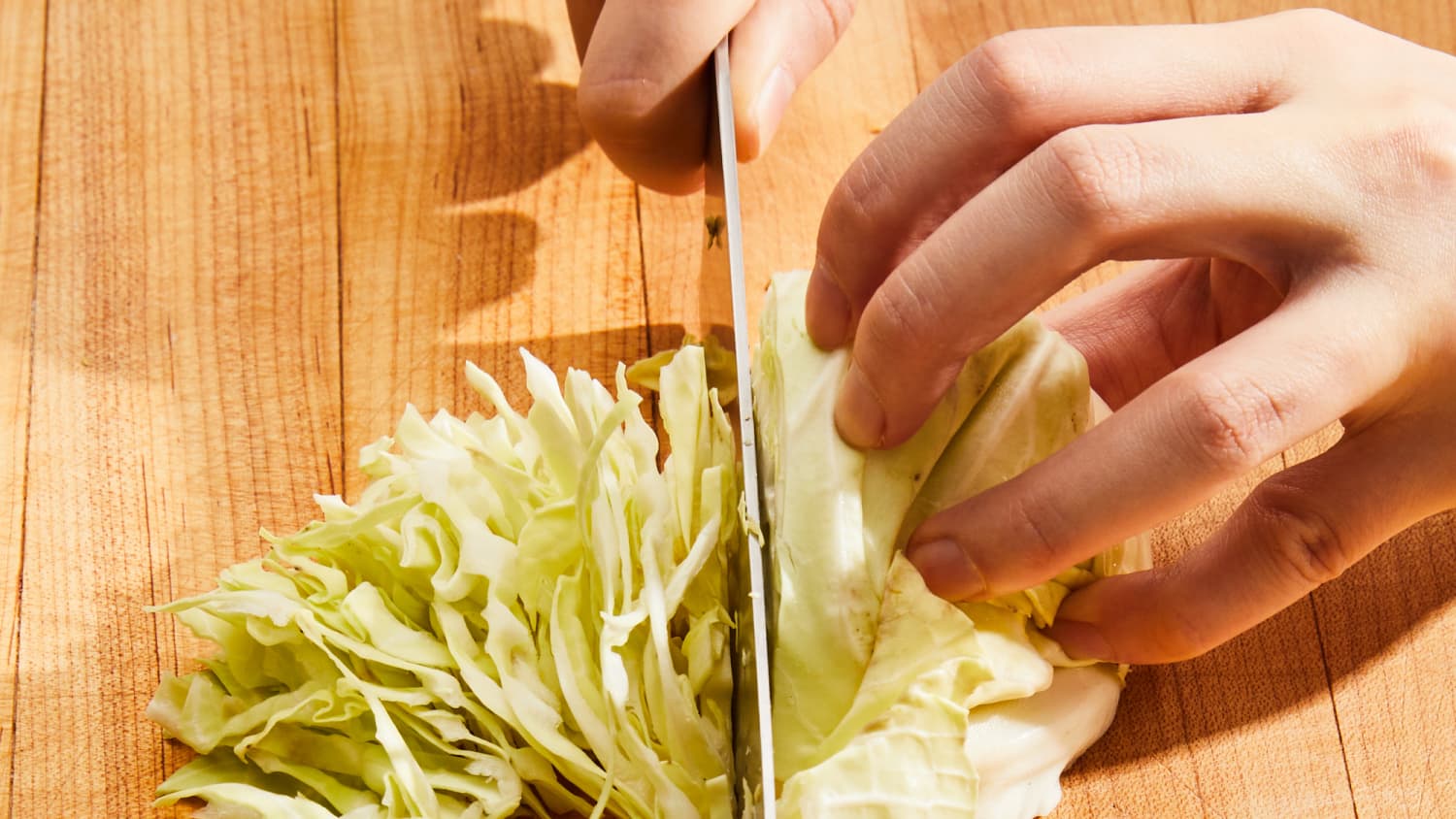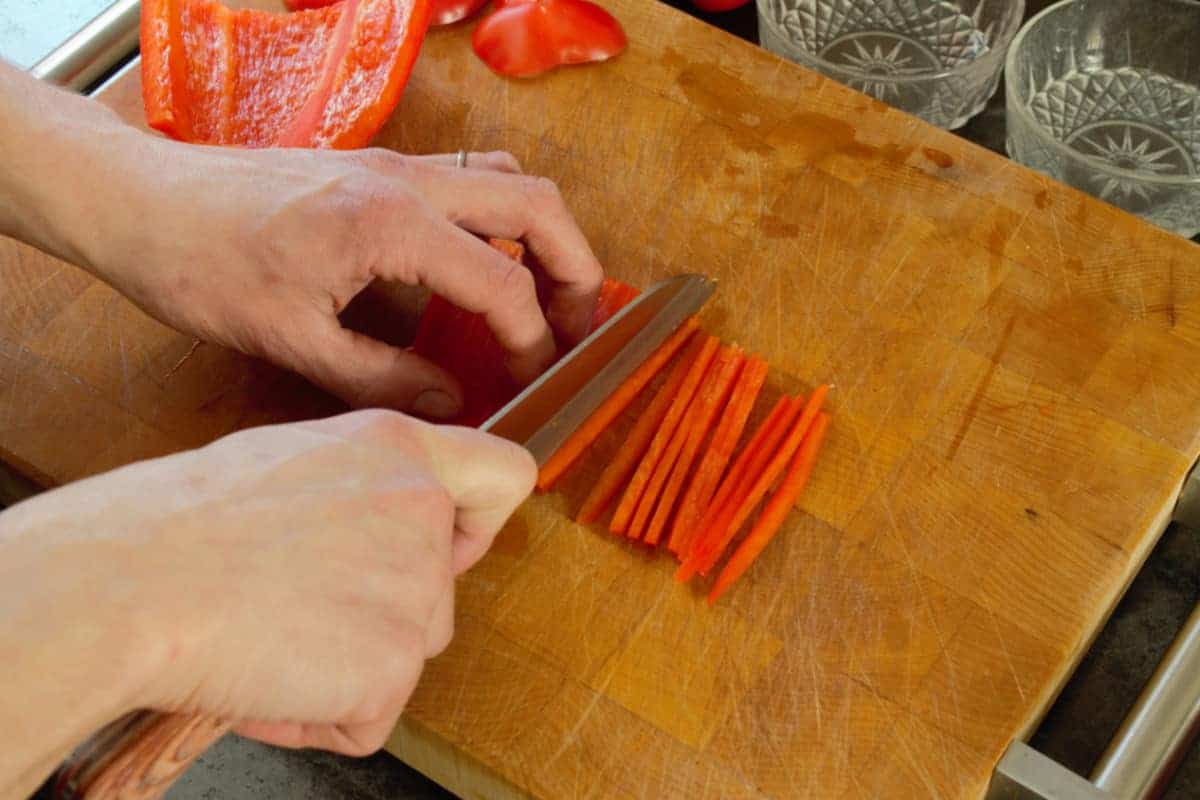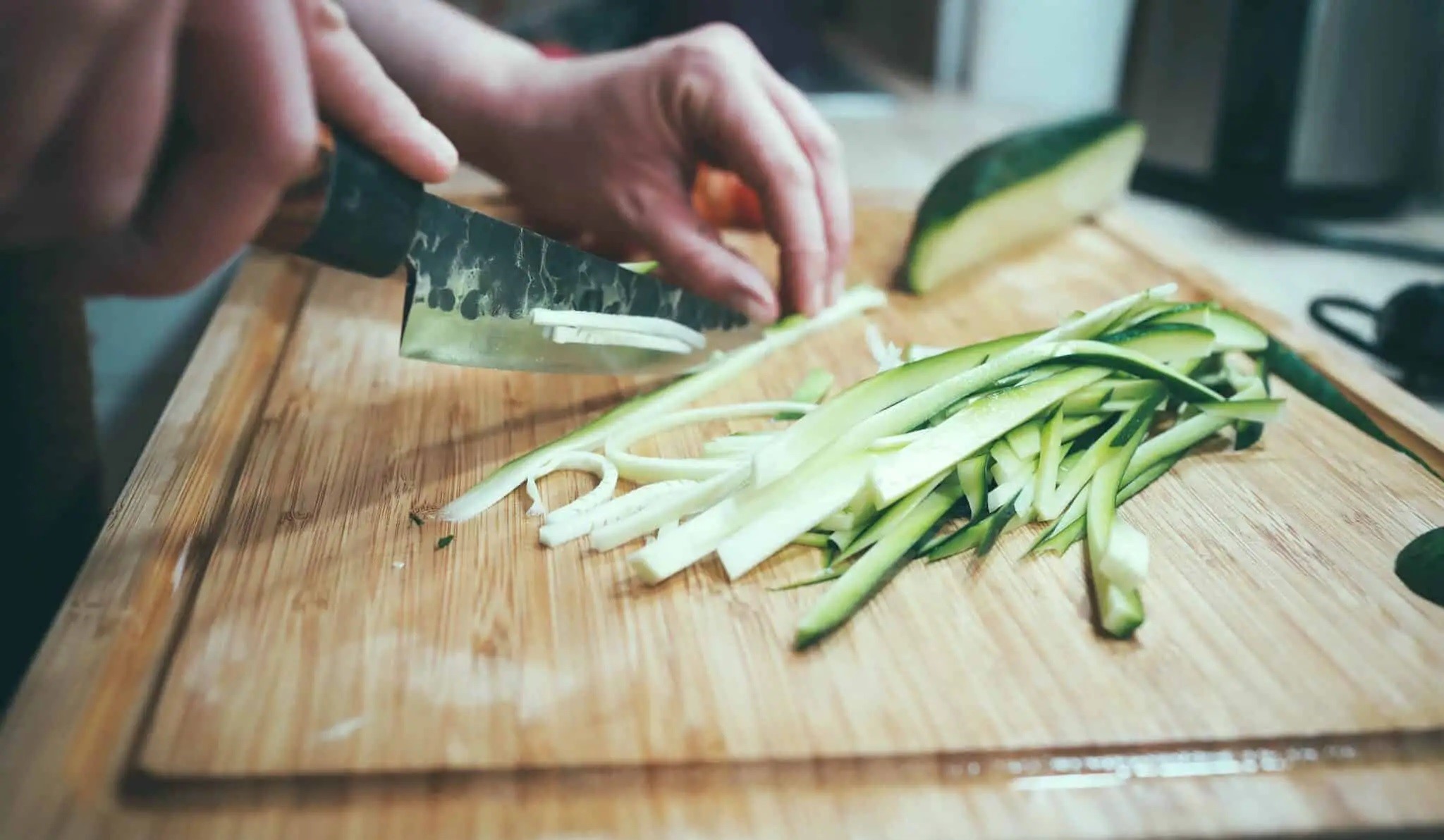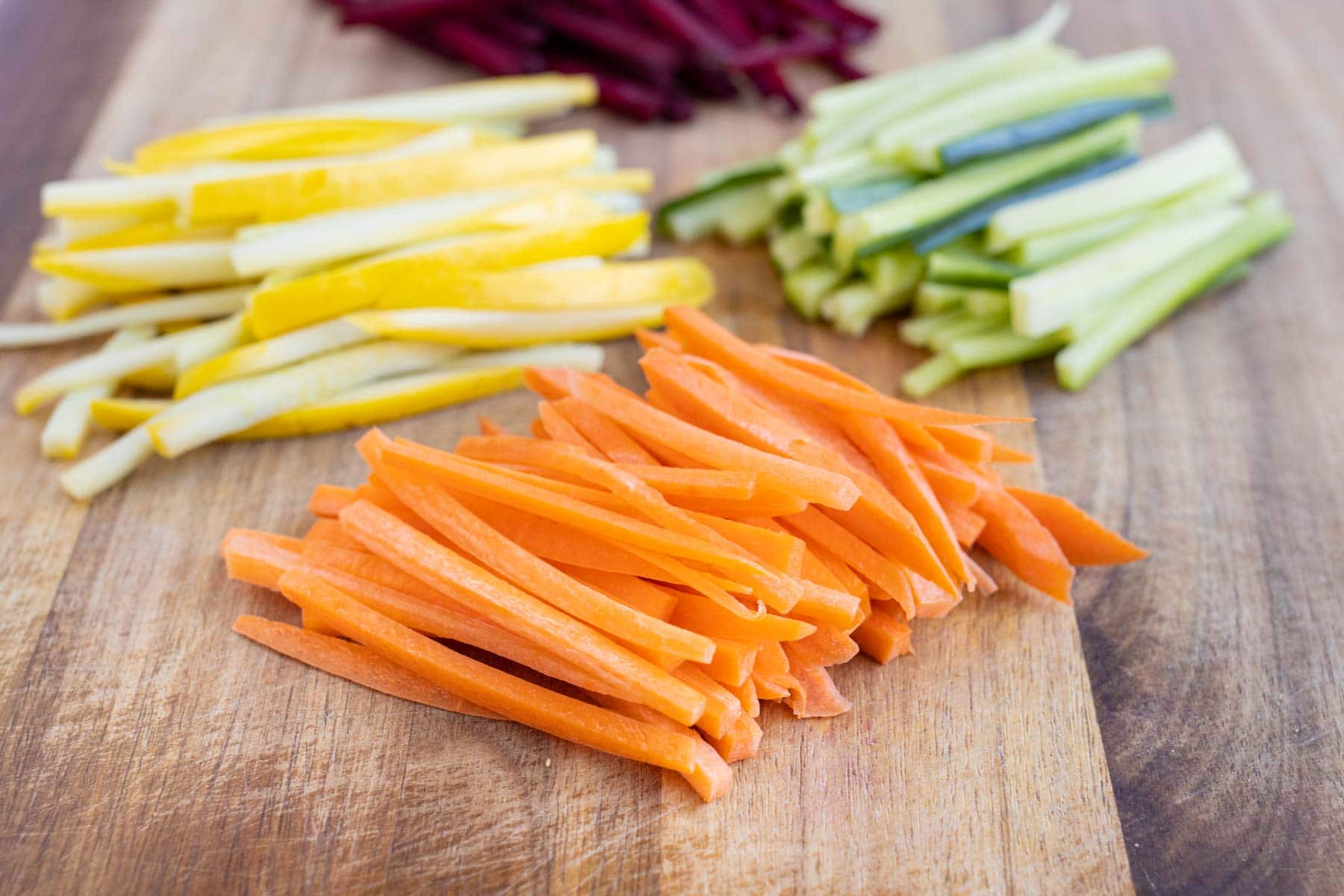Mastering the Art of Julienne Cutting Vegetables
Are you looking to add a touch of culinary finesse to your dishes? Learning how to julienne cut vegetables is a skill that can elevate your cooking to the next level. Julienne cutting involves slicing vegetables into thin, uniform matchsticks, which not only enhances the visual appeal of your dishes but also ensures even cooking. Whether you’re a seasoned home cook or just starting out in the kitchen, mastering the art of julienne cutting can open up a world of creative possibilities in your cooking repertoire.
Why Julienne Cut?
Julienne cutting not only enhances the presentation of your dishes but also helps to ensure that the vegetables cook evenly, making them more enjoyable to eat. The uniform shape and size of the julienned vegetables also allow for a visually appealing arrangement on the plate, adding a professional touch to your culinary creations.
How to Julienne Cut Vegetables
Follow these simple steps to master the art of julienne cutting:
- Preparation: Start by selecting fresh, firm vegetables such as carrots, zucchini, bell peppers, or cucumbers. Wash the vegetables thoroughly and pat them dry with a clean kitchen towel.
- Cutting: Trim the ends of the vegetables and cut them into uniform pieces, approximately 2-3 inches in length.
- Slicing: Carefully slice each piece of vegetable lengthwise into thin, even slices, about 1/8 inch thick.
- Stacking: Stack the slices on top of each other to create a neat pile.
- Cutting into Matchsticks: Holding the stacked slices together, carefully cut them lengthwise into thin matchsticks, approximately 1/8 inch wide.
Tips for Perfect Julienne Cutting
Here are some tips to help you achieve the perfect julienne cut:
- Use a Sharp Knife: A sharp chef’s knife or a mandoline slicer can make the process much easier and ensure clean, precise cuts.
- Practice Patience: Take your time and focus on maintaining a steady hand while cutting the vegetables into uniform matchsticks.
- Consistency is Key: Aim for uniformity in both the thickness and length of the matchsticks to ensure even cooking.
- Safety First: Pay attention to proper hand placement and technique to avoid accidents while handling sharp knives.
Using Julienne Cut Vegetables
Once you’ve mastered the art of julienne cutting, you can incorporate these beautifully sliced vegetables into a variety of dishes. Whether you’re preparing stir-fries, salads, or garnishes, julienned vegetables can add a touch of elegance and texture to your culinary creations. Experiment with different vegetables and flavor combinations to discover new and exciting ways to showcase your julienne cutting skills.
Practice Makes Perfect
Like any culinary technique, mastering the art of julienne cutting takes practice and patience. Don’t be discouraged if your first attempts aren’t perfect – with time and experience, you’ll become more confident and proficient in this essential cooking skill. So, roll up your sleeves, grab your knife, and start julienne cutting your way to culinary mastery!
With these simple steps and tips, you’re well on your way to mastering the art of julienne cutting vegetables. Elevate your cooking and impress your guests with beautifully presented dishes that showcase your newfound culinary skill.
Explore Recipes and More Ways to Utilize Your Julienne Skills
Mastering the julienne cut opens up a world of culinary possibilities. From enhancing simple salads to elevating sophisticated main courses, this technique adds texture and allure to any dish. For those eager to put their skills to the test, consider starting with the Fresh Spring Roll Recipe for a light and healthy option, or dive into the vibrant flavors of the Classic Vegetable Stir-Fry Recipe. Highly recommended is the Thai Papaya Salad Recipe, where the fine strips of fresh vegetables meld beautifully with tangy, spicy flavors. These dishes not only showcase the versatility of julienne cutting but also help integrate more vegetables into your diet in a delicious way.
